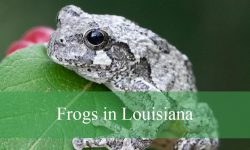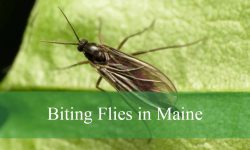Monkeys are some of the most diverse and fascinating primates in the animal kingdom. With over 260 species worldwide, these intelligent creatures can be found in rainforests, mountains, and even savannas. From tiny marmosets to large baboons, different types of monkeys have evolved unique physical traits, behaviors, and adaptations to thrive in their environments.
In this guide, we will explore 35 common types of monkeys, highlighting their distinctive characteristics and natural habitats. Whether it’s the tree-dwelling colobus monkey, the loud howler monkey, or the long-nosed proboscis monkey, each species has something remarkable to offer. Learning about these primates not only deepens our appreciation for their role in nature but also raises awareness about the threats they face.
By understanding the different types of monkeys, we can support conservation efforts and ensure their survival for future generations. From the dense jungles of South America to the mountainous forests of Asia, these monkeys play a crucial role in maintaining ecological balance. Read on to discover more about these incredible primates and how they interact with their surroundings.
Different Types of Monkeys
Macaques
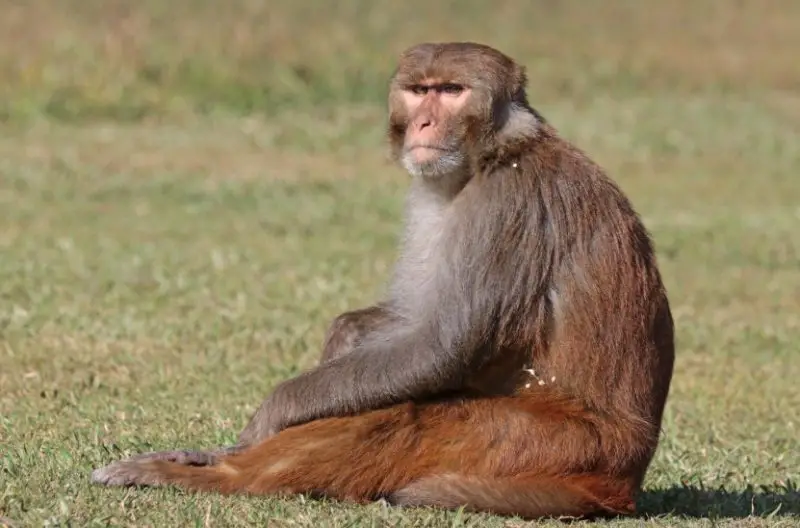
Macaques are one of the most adaptable primates, found in a variety of environments across Africa and Asia. With 23 known species, they inhabit rainforests, mountains, and even urban areas. The Japanese macaque, famous for its love of hot springs, is well-adapted to cold climates, while the Barbary macaque is the only wild monkey species in Europe.
These monkeys are highly social and communicate through a mix of vocalizations, facial expressions, and gestures. Macaques are also known for their curiosity and intelligence, sometimes exhibiting mischievous behaviors like stealing food from unsuspecting humans. Their ability to thrive in different habitats has made them one of the most widespread monkey species.
Woolly Monkeys
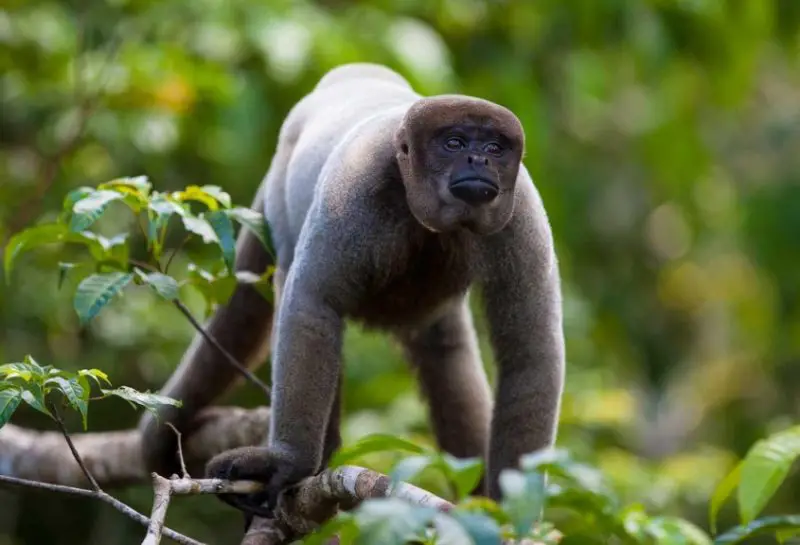
Woolly monkeys are named for their dense, soft fur, which helps them stay warm in the humid rainforests of the Amazon. Their thick coats range in color from brown to gray, providing excellent camouflage among the trees. These monkeys have strong, prehensile tails that function almost like an extra limb, allowing them to move swiftly through the canopy.
Living in large social groups, woolly monkeys form close bonds by grooming each other and sharing food. Their diet consists mainly of fruits, leaves, and insects, making them vital for seed dispersal in their habitat. Unfortunately, deforestation and hunting have put their populations at risk, making conservation efforts crucial for their survival.
Grivets
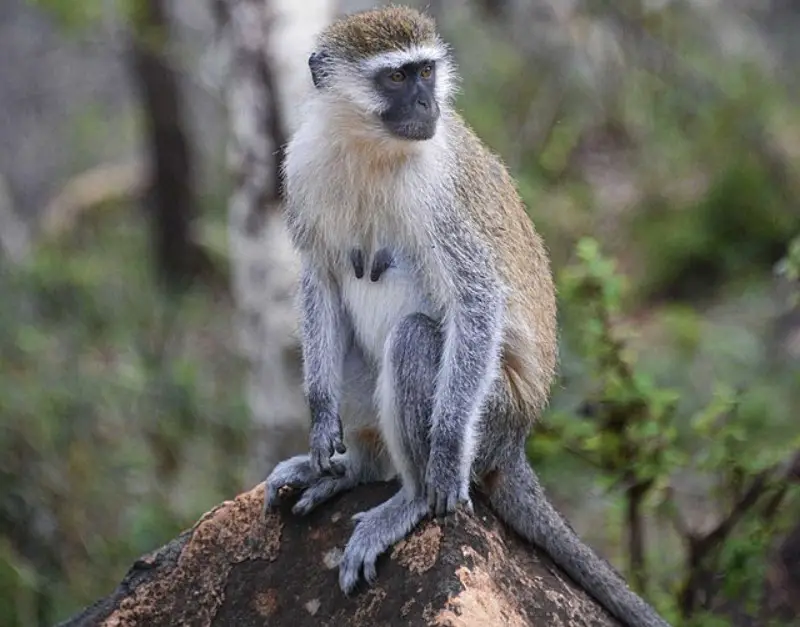
Grivets are small, agile monkeys native to the savanna woodlands of Sudan, Ethiopia, and Djibouti. They are easily recognized by their black faces, hands, and feet, contrasted with white fur along their cheeks. These monkeys prefer habitats near water sources, such as rivers and lakes, which provide essential resources during the dry season.
Highly social animals, grivets live in large groups and use a range of vocalizations to communicate. They are opportunistic feeders, eating fruits, seeds, and even small insects. Their adaptability has allowed them to thrive in various environments, but habitat destruction remains a threat to their long-term survival.
Vervet Monkeys
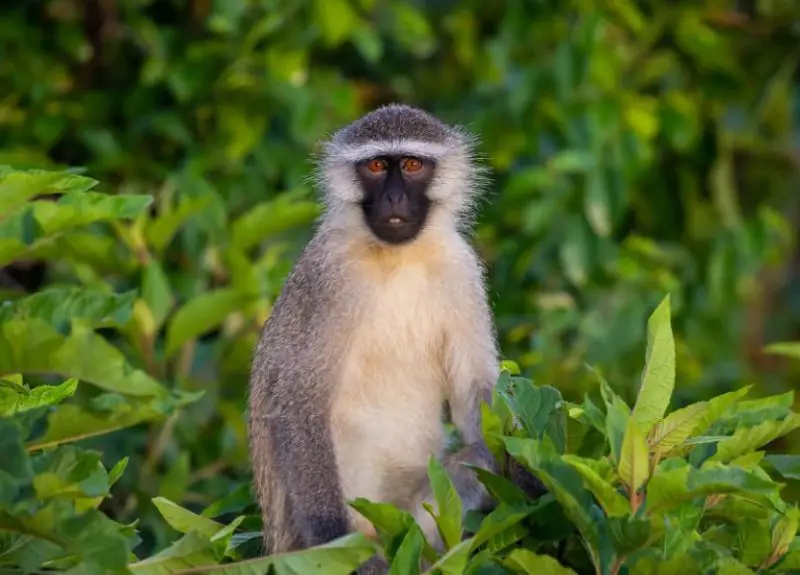
Vervet monkeys are closely related to grivets and share many physical characteristics, including their distinctive black faces. Their fur varies between olive and silvery gray, providing effective camouflage in their native African habitats. These monkeys are highly adaptable and have successfully established populations outside of Africa, including in the Caribbean and Florida.
Known for their intelligence and complex social structures, vervet monkeys communicate using a variety of vocal calls and facial expressions. They are also known for their playful and mischievous behavior, often stealing food from humans. Their ability to thrive in diverse environments makes them one of the most widespread monkey species in Africa.
Marmosets
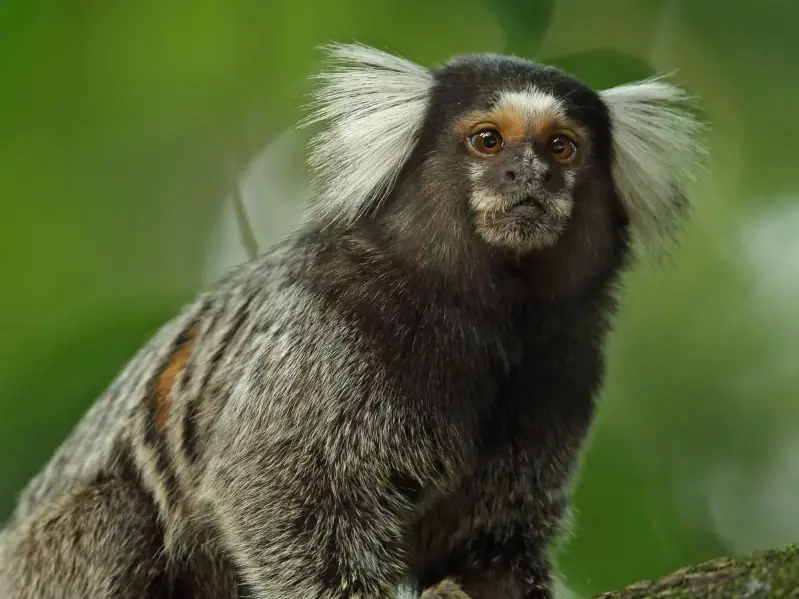
Marmosets are tiny monkeys that resemble squirrels due to their small size and long, bushy tails. They are native to the rainforests of South America and display a wide range of fur colors, including black, brown, silver, and even bright orange. The pygmy marmoset, the smallest monkey in the world, weighs only about 100 grams.
Unlike many New World monkeys, marmosets do not have prehensile tails, meaning they cannot use them for gripping. However, their tails help them maintain balance as they navigate tree branches. Marmosets have specialized teeth that allow them to gnaw into tree bark and feed on sap, making them unique among primates.
Patas Monkeys
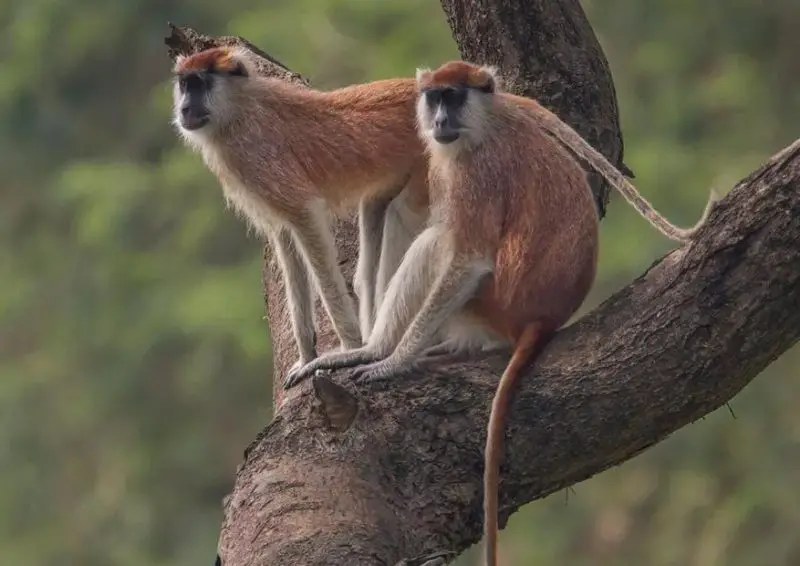
Patas monkeys are built for speed, capable of reaching up to 30 miles per hour, making them the fastest primates. Their long limbs and lean bodies allow them to sprint across the open grasslands of Africa with ease. These monkeys are easily identified by their reddish-brown fur and thick, bushy eyebrows.
Unlike many primates that spend most of their time in trees, patas monkeys are primarily ground-dwelling. They often move on all fours but can also run on two legs while carrying food or other objects. Their diet consists of fruits, seeds, insects, and small animals, making them highly opportunistic feeders in their dry savanna habitat.
Hanuman Monkeys
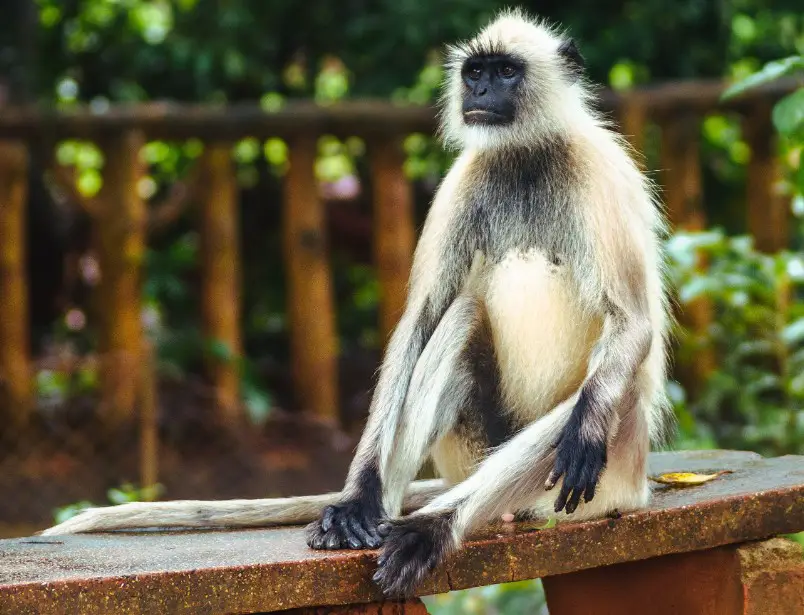
Hanuman monkeys, also known as gray langurs, are agile primates found across South Asia. They are skilled jumpers, capable of leaping up to 15 feet in a single bound. While they usually walk on all fours, they often hop on two legs when moving quickly. These monkeys inhabit forests, urban areas, and even temples, where they are sometimes seen interacting with humans.
Once thought to be a single species, hanuman monkeys are now classified into eight distinct species. They are highly adaptable and can survive in a variety of habitats, from dry scrublands to high-altitude forests. Their diet consists of fruits, leaves, and flowers, and they play an important role in seed dispersal.
Guenons
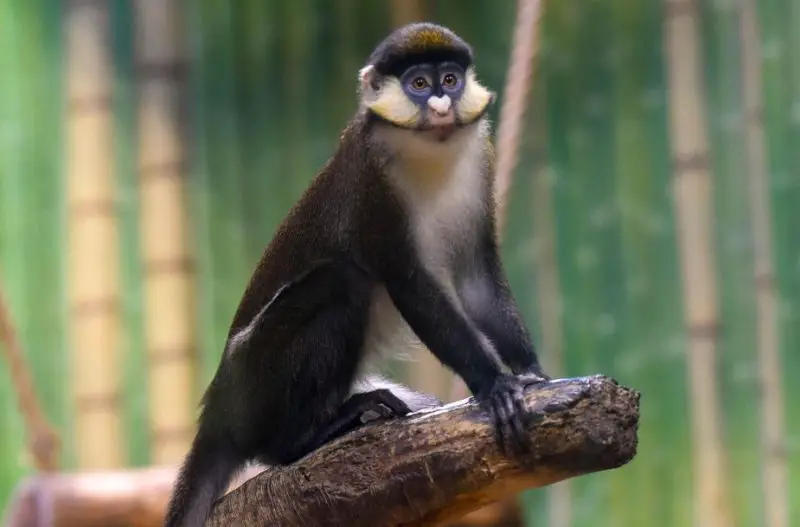
Guenons are a diverse group of Old World monkeys found across Africa, with over 26 species in the family. They are known for their striking fur patterns, often featuring bright colors and unique facial markings. Their long, agile tails help them balance as they move gracefully through trees. These monkeys are highly social and live in groups, communicating with a variety of vocalizations and body signals.
One of the distinct traits of guenons is their large cheek pouches, which they use to store food for later consumption. This adaptation allows them to gather food quickly while minimizing the time spent exposed to predators. They primarily feed on fruits, leaves, and small insects, making them an essential part of their ecosystems.
Howler Monkeys
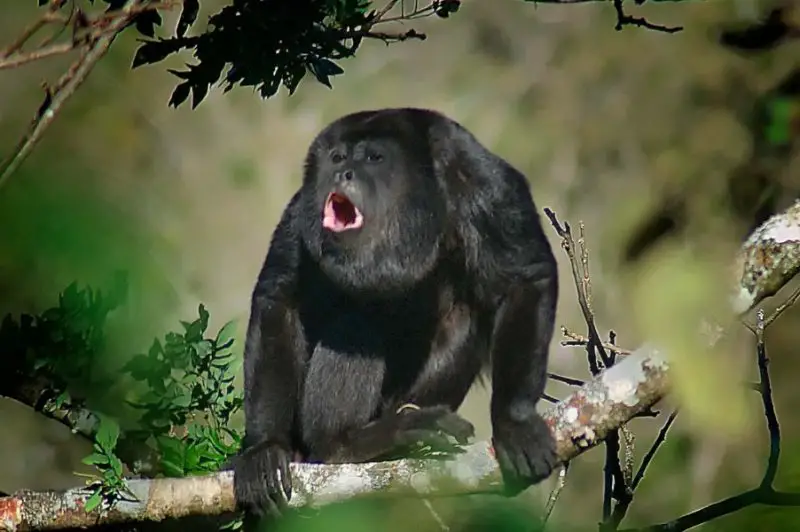
Howler monkeys are among the loudest land animals, using their deep, resonant calls to communicate across vast distances in the rainforest. Their vocalizations, which can travel up to three miles, help mark their territory and warn other groups of their presence. These primates are native to Central and South America, where they spend most of their time in the treetops.
With prehensile tails that act like a fifth limb, howler monkeys can effortlessly navigate through the dense canopy. They primarily consume leaves, making them one of the few folivorous monkey species. Due to deforestation, some species, like the Yucatán black howler monkey, face significant threats to their populations.
Capuchins
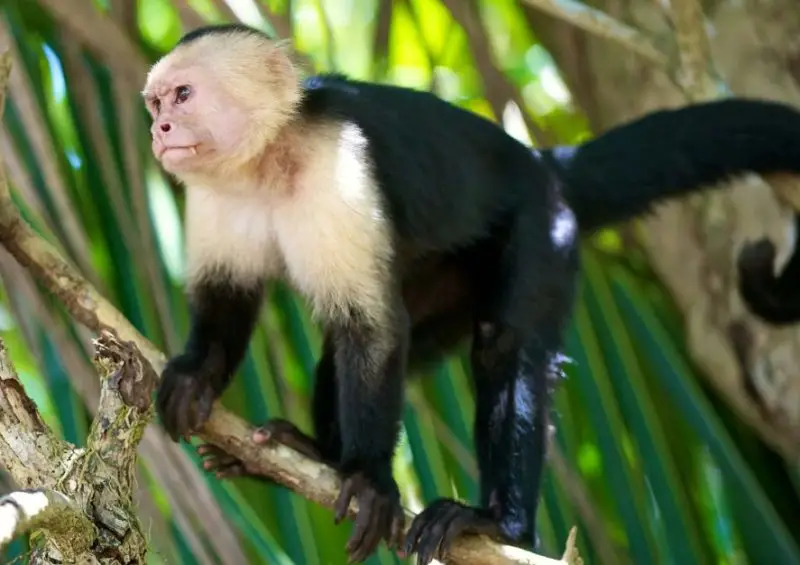
Capuchin monkeys are highly intelligent primates, often regarded as the smartest of New World monkeys. They are well known for their problem-solving abilities, tool use, and even their role in Hollywood films. In the wild, they use rocks to crack open nuts and sticks to extract insects from tree bark.
These small but agile monkeys inhabit a range of environments, from rainforests to dry forests and mangroves. They live in social groups and communicate through whistles and facial expressions. When threatened, capuchins alert their group with high-pitched calls, helping them evade predators like snakes and large birds of prey.
Spider Monkeys
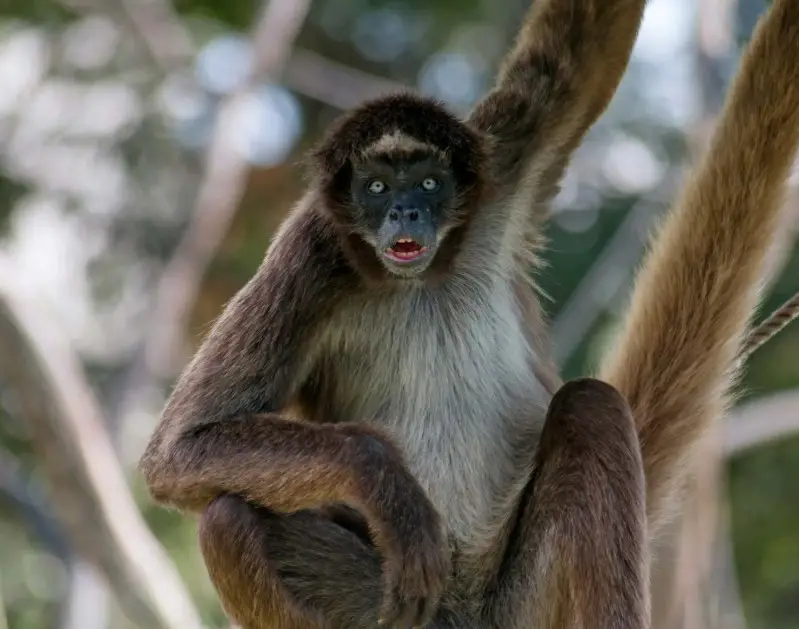
Spider monkeys are easily recognized by their long limbs, lack of thumbs, and highly dexterous tails, which they use for gripping and swinging through the treetops. These monkeys rely heavily on their tails, often using them as an extra limb for climbing, holding onto branches, and even carrying objects.
They are social animals that form tight-knit groups, often displaying affection by hugging and wrapping their tails around each other. Spider monkeys primarily feed on fruits, which plays a crucial role in seed dispersal within their tropical forest habitats. Unfortunately, habitat destruction has put many spider monkey populations at risk.
Mangabeys
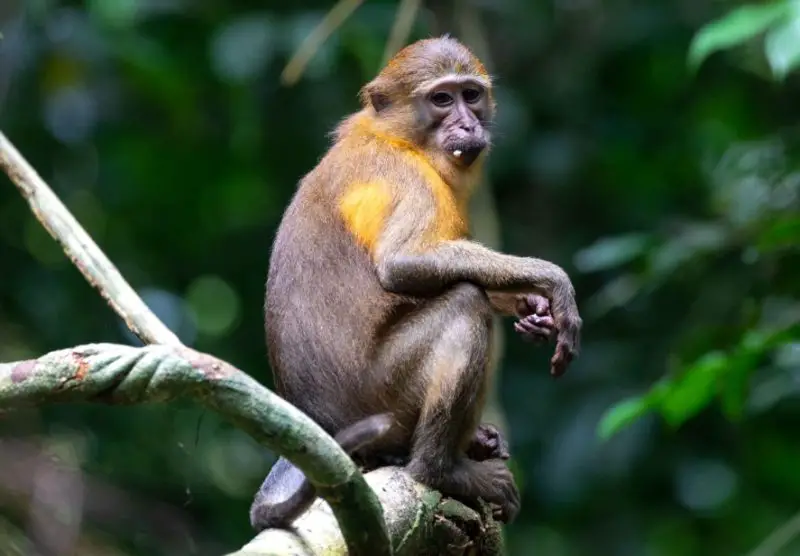
Mangabeys are a group of African monkeys known for their distinctive white eyelids and long tails. With 13 different species, they range from the rare red-capped mangabey, which has a striking burgundy marking on its head, to the sooty mangabey, which has dark gray fur. These monkeys are arboreal and terrestrial, spending time both in trees and on the ground.
Many mangabey species are endangered due to habitat loss and hunting. They live in social groups and communicate using a variety of vocalizations, including deep calls that can be heard over long distances. Their diet includes fruits, seeds, and insects, making them essential for maintaining forest ecosystems.
Night Monkeys
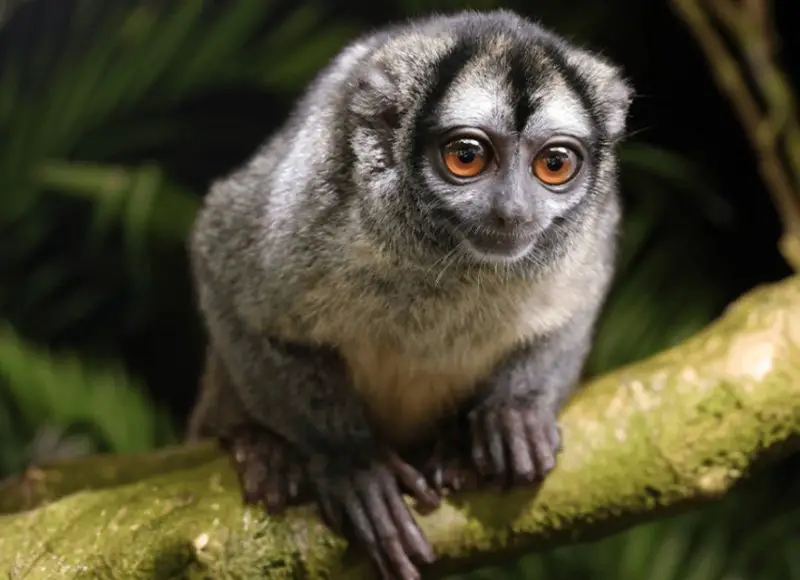
Night monkeys, also called owl monkeys, are the only truly nocturnal primates. They have large, round eyes that enhance their night vision, allowing them to navigate the darkness with ease. These monkeys are native to Panama and South America, where they spend their days hidden in tree cavities to avoid predators.
There are eleven species of night monkeys, all of which rely on a diet of fruits, leaves, and insects. Unlike many other monkey species, they form strong monogamous pairs and raise their offspring together. Their quiet and elusive nature helps them survive in dense rainforests, but deforestation threatens their populations.
Baboons
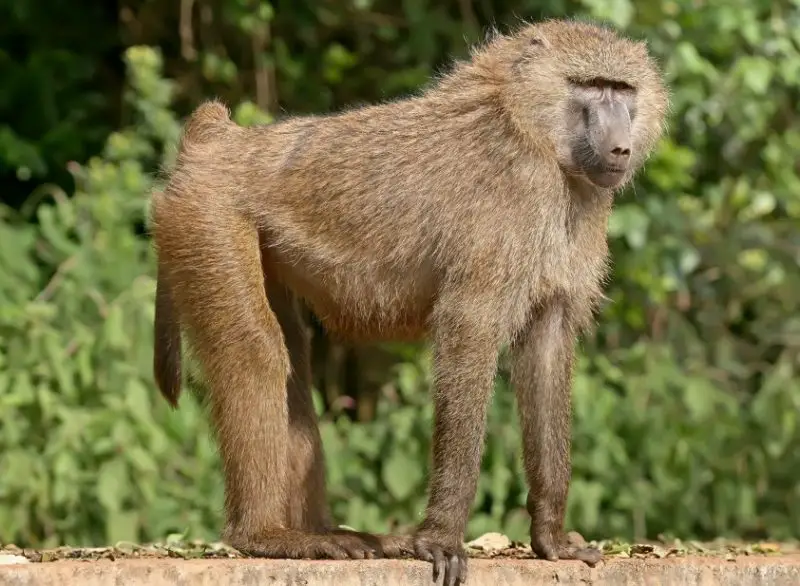
Baboons are among the largest and most powerful monkeys, with some individuals reaching up to 34 inches in height and weighing as much as 82 pounds. They are highly social and live in troops that can consist of hundreds of members. These troops have a strict hierarchy, with dominant males leading and protecting the group.
Found throughout Africa, baboons are highly adaptable and thrive in savannas, woodlands, and even rocky cliffs. They are omnivorous, feeding on fruits, seeds, insects, and small animals. Despite their intelligence and resourcefulness, habitat destruction and conflicts with humans pose challenges to their survival.
Drills
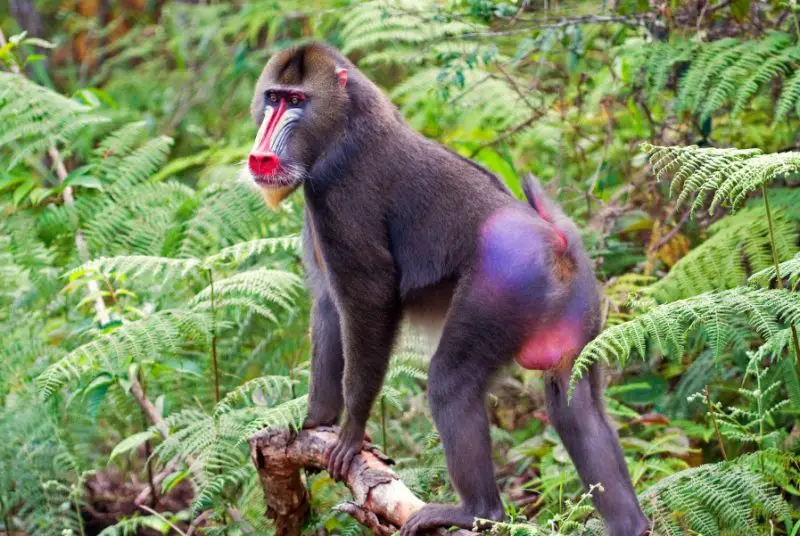
Drills are close relatives of baboons and share many physical traits, including their strong build and short tails. Males can grow to be twice the size of females, weighing up to 75 pounds. One of their most distinctive features is their brightly colored bottoms, which become more vibrant due to increased blood flow during social interactions.
These monkeys have a limited range, found only in parts of Nigeria, Cameroon, and Equatorial Guinea. They live in dense forests and are highly social, forming groups that help protect them from predators. Unfortunately, habitat destruction and hunting have placed drills among the most endangered primates in the world.
Mandrills
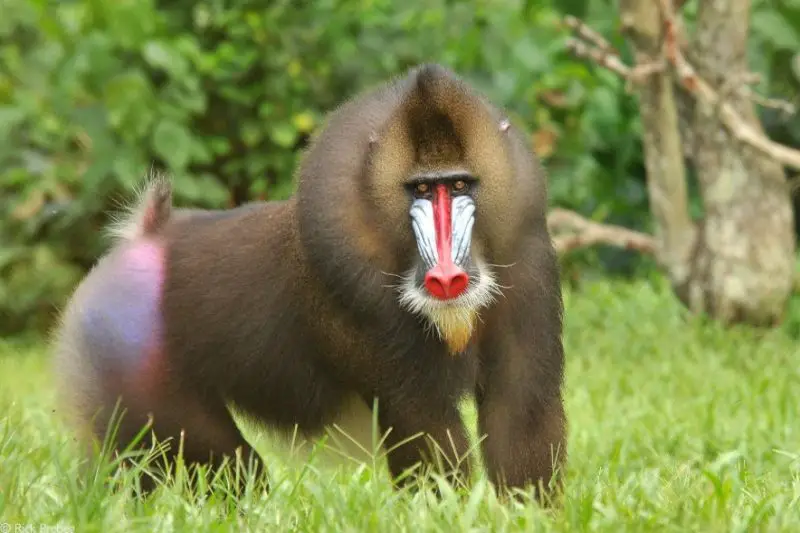
Mandrills are the largest monkeys in the world, closely related to baboons and drills. They are famous for their striking appearance, featuring bright red and blue facial markings and vibrant coloration on their rumps. These colors become more intense when mandrills are excited or during social interactions. Found in the dense rainforests of Western and Central Africa, mandrills are highly social and travel in large groups.
Unlike females, which spend most of their time in trees, male mandrills prefer foraging on the ground. Their diet consists of fruits, seeds, roots, and small animals. Despite their large size and intimidating canine teeth, mandrills are generally shy and avoid human contact. Habitat loss and hunting have made them vulnerable in the wild.
Tamarins
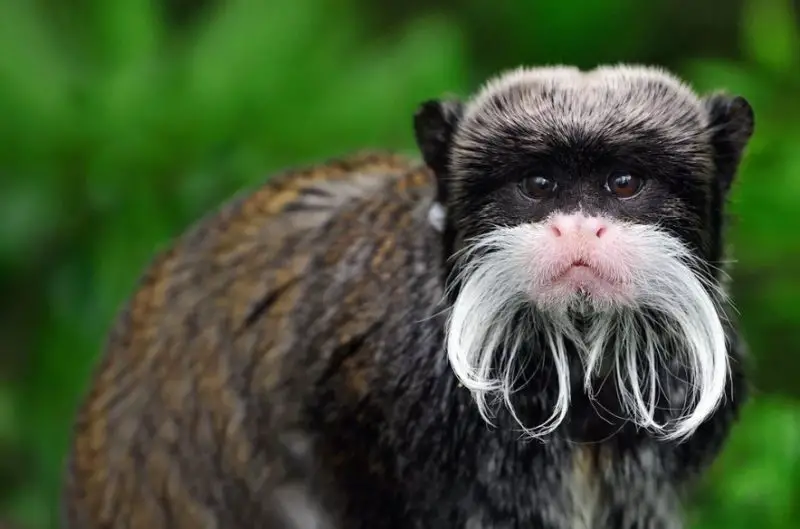
Tamarins are tiny monkeys that range in size from just 5.1 to 11.8 inches tall, making them some of the smallest primates. Despite their small stature, they have long, nimble fingers that help them grasp food like insects, lizards, and fruits. Some tamarins, such as the golden lion tamarin and the cotton-top tamarin, are endangered due to habitat destruction.
These monkeys are native to South America and live in tropical rainforests. They are known for their distinctive fur patterns, which often include long mustaches or tufts of white hair. Tamarins live in small family groups and rely on teamwork to find food and care for their young. Their small size makes them vulnerable to predators like birds of prey and snakes.
Snub-Nosed Monkeys

Unlike proboscis monkeys, which have long noses, snub-nosed monkeys have extremely small, upturned noses that give them a distinctive appearance. Their thick, fluffy tails provide a built-in cushion when they sit on branches, making them well-adapted to life in the trees.
Snub-nosed monkeys are native to the high-altitude forests of Asia, where they endure cold temperatures that many other primates cannot survive. Several species, including the golden snub-nosed monkey and the Tonkin snub-nosed monkey, are endangered due to habitat loss and hunting. Despite these challenges, they remain highly social animals, living in large, close-knit groups.
Titi Monkeys
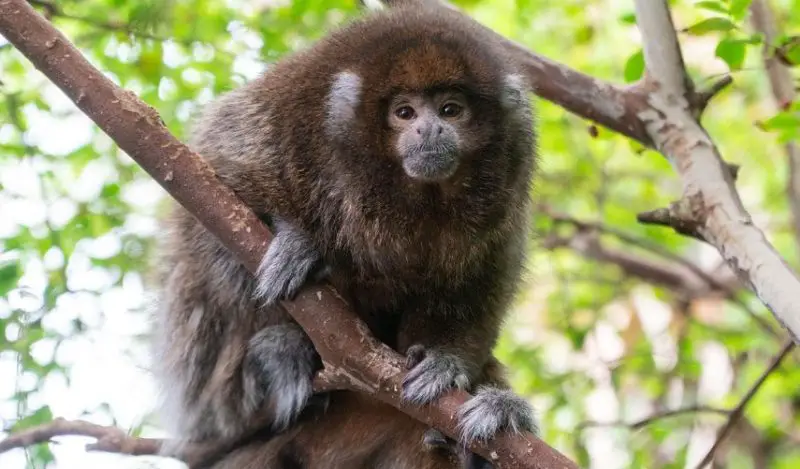
Titi monkeys, found in the Amazon rainforest, are known for their strong family bonds. These monogamous primates form lifelong pairs and even intertwine their tails while they sleep to strengthen their connection. Titi monkeys communicate through soft vocalizations and body language, reinforcing their social ties.
In recent years, researchers have identified a growing number of titi monkey species, bringing the total to around 30. These small monkeys primarily feed on fruit but will also eat leaves and insects when necessary. Their adaptability has helped them survive in diverse forest environments.
Surilis
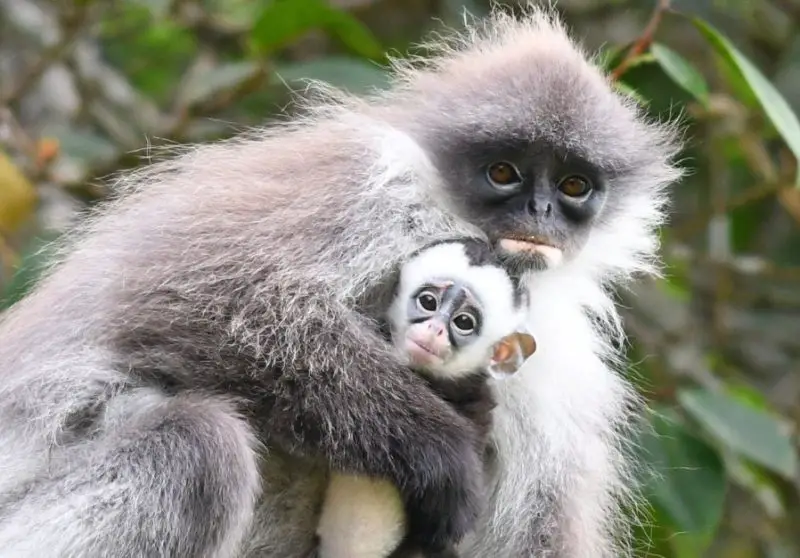
Surilis are small, slender monkeys that rarely descend from the treetops. These arboreal primates live in small family groups of about 20 members, though some individuals prefer solitude. Their diet consists mainly of leaves, supplemented with fruits and flowers.
Surilis inhabit forests across the Thai-Malay Peninsula and various islands, including Borneo, Java, and Sumatra. Due to deforestation and habitat destruction, some species, like the Java surili, are endangered. Conservation efforts are crucial to ensuring their survival.
Doucs

Doucs are among the most visually striking primates, sporting vibrant coats with bold color patterns. Different species have unique markings, such as the red-shanked douc with its deep burgundy legs or the grey-shanked douc with its striking orange facial patches. These monkeys are native to Southeast Asia and are closely related to snub-nosed and proboscis monkeys.
Despite their beauty, doucs are highly endangered due to habitat destruction and illegal hunting. They are primarily folivorous, meaning they feed mainly on leaves, but they also consume fruits and flowers. Their strong social structure helps them navigate the dense canopies of the forests where they live.
Kipunji
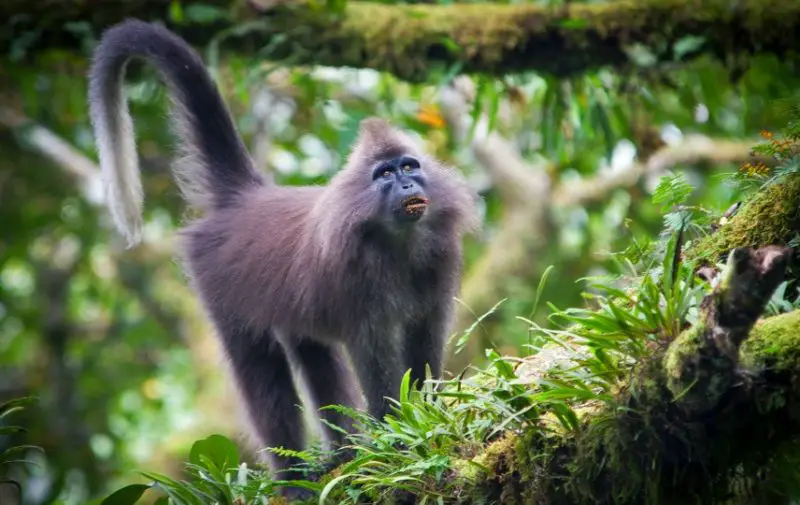
The kipunji is a rare primate that was officially discovered in 2003, making it the first new monkey genus identified in nearly a century. Before its scientific recognition, it was considered a creature of legend in local folklore. Its loud and distinctive call, a mix between a honk and a bark, sets it apart from other monkeys.
Native to Tanzania, the kipunji lives in high-altitude forests and is critically endangered due to habitat loss and small population size. Conservationists are working to protect this mysterious and fascinating species to prevent it from disappearing altogether.
Lutungs
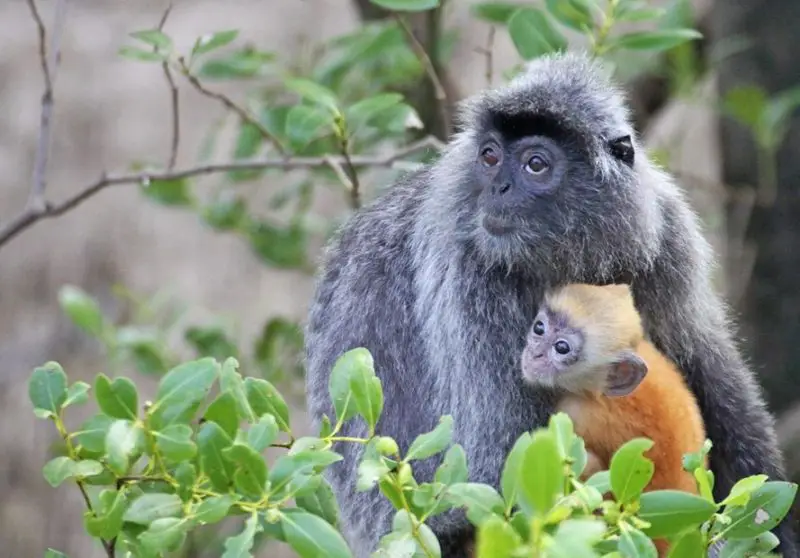
Lutungs, also known as langurs, are leaf-eating monkeys commonly found in the rainforests and mountain forests of Asia. They have specialized stomachs divided into multiple chambers, allowing them to digest tough, fibrous leaves efficiently. This adaptation enables them to consume leaves that contain toxins without being harmed.
These monkeys are highly arboreal, spending most of their time in trees. Their fur color varies between species, with some having striking golden or silver coats. Lutungs live in social groups and use a combination of vocal calls and facial expressions to communicate. Due to deforestation, some lutung species are becoming increasingly rare.
Colobus Monkeys
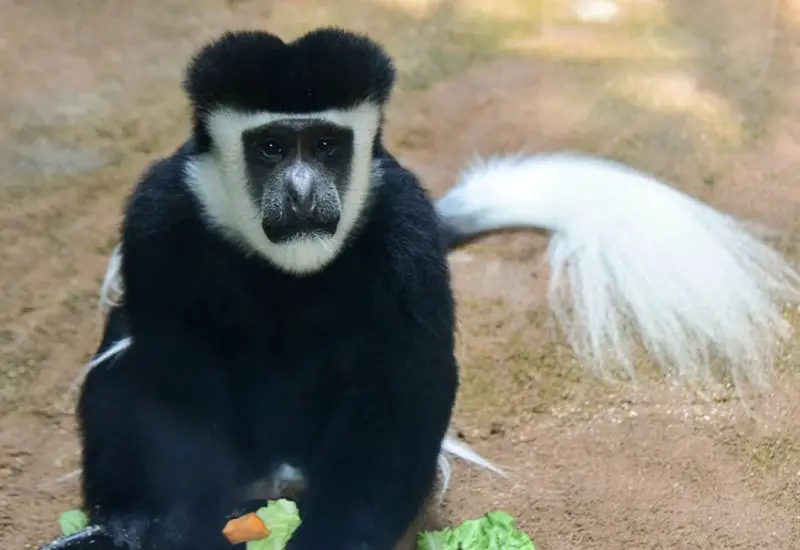
Colobus monkeys are tree-dwelling primates found in the forests of Africa. They are unique among monkeys because they lack thumbs, which helps them move swiftly through the treetops by leaping from branch to branch. Their diet consists almost entirely of leaves, making them important for maintaining forest ecosystems.
At birth, colobus monkeys have entirely white fur, but as they mature, they develop black-and-white or red-and-black markings, depending on the species. Although they rarely descend to the ground, they will do so when food becomes scarce. Due to habitat destruction and hunting, colobus monkey populations have declined in some areas.
Talapoins
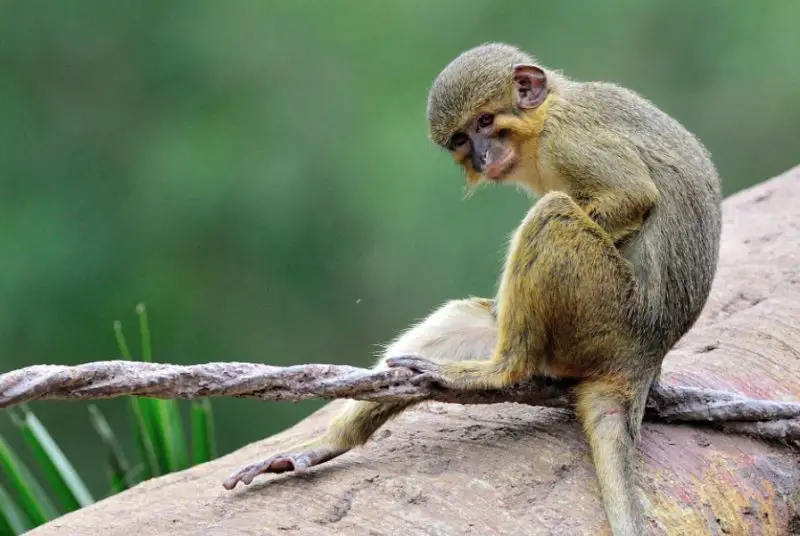
Talapoins are the smallest monkeys in Africa, measuring just 14 inches long and weighing around 2.8 pounds. Despite their small size, they are highly social and often live in groups of a dozen or more. In some cases, talapoins travel in large troops of up to 100 individuals, providing them with extra protection from predators.
These monkeys are typically quiet, but when they sense danger, they produce loud whistles to warn others. Talapoins are excellent swimmers and prefer habitats near rivers and wetlands in Central Africa. Their diet includes fruits, seeds, insects, and small vertebrates, making them opportunistic feeders in their environment.
Geladas
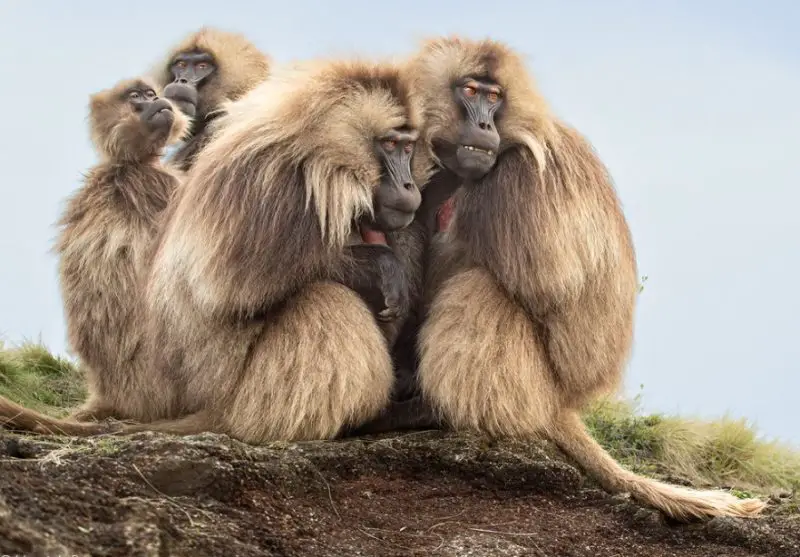
Native to the Ethiopian highlands, geladas are unique primates often called “bleeding-heart monkeys” due to the bright red patches on their chests. These patches become more vibrant in males during mating season, signaling their strength to potential mates. Unlike most monkeys, geladas primarily feed on grass, using their specialized teeth to graze like herbivorous mammals.
Geladas live in large groups, sometimes forming massive herds of over 600 individuals. They communicate using a variety of vocalizations, facial expressions, and body postures. Their thick fur protects them from the cold mountain climate, and they spend much of their time sitting and foraging in the grasslands rather than swinging through trees.
Sakis
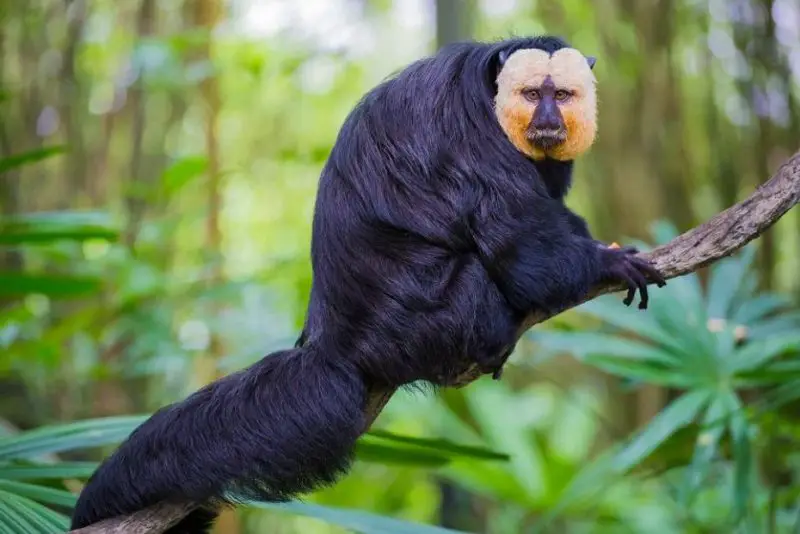
Sakis, sometimes called “flying monkeys” due to their impressive jumping ability, are native to the rainforests of South America. Their shaggy fur, which covers even their faces, helps them blend into their environment and stay protected from harsh weather conditions. These monkeys have bushy tails but don’t use them for gripping branches like some other primates.
One of the most distinctive behaviors of sakis is their monogamous lifestyle. They form strong family units, and even after their young become independent at around six months, they stay with their families to help care for new siblings. Sakis are highly active during the day and primarily feed on fruits, seeds, and small insects.
Uakaris
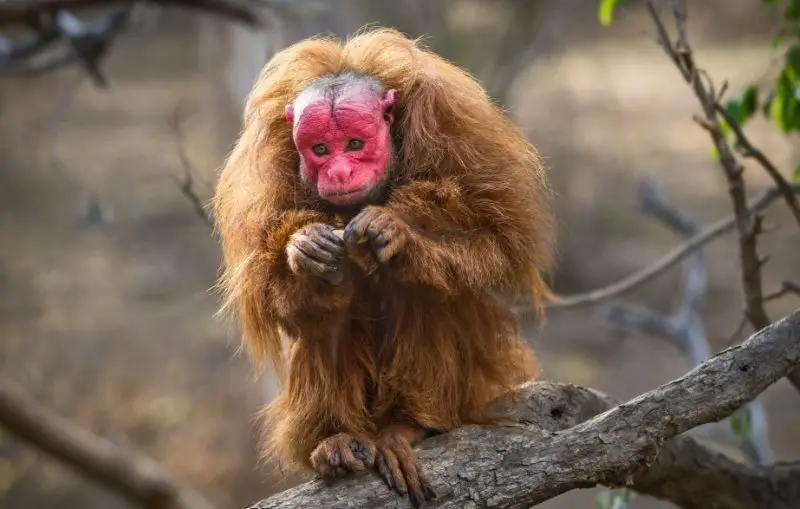
Uakaris are easily recognizable due to their bald, red faces, which are a sign of good health. Their bright coloration is caused by the dense network of blood vessels beneath their skin. If a uakari becomes sick, its face turns pale, making it less attractive to potential mates. Found in the Amazon basin, these monkeys prefer flooded forests, where they skillfully navigate trees using their long limbs.
Unlike many other New World monkeys, uakaris have very short tails. Instead of using their tails for balance, they rely on their powerful arms and legs to move quickly between branches. Their diet consists mainly of hard seeds, which they crack open with their strong jaws, along with fruits and small invertebrates.
Allen’s Swamp Monkey
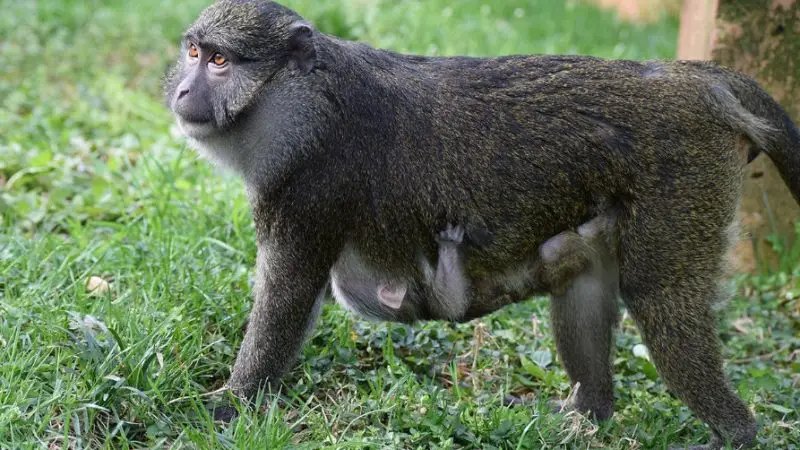
Allen’s swamp monkey is a rare primate species found in the swamp forests of Central Africa. Unlike many other monkeys, these small primates are excellent swimmers and often wade through water to escape predators or find food. Their partially webbed fingers and toes help them move easily through their wetland habitats.
Named after zoologist Joel Asaph Allen, this monkey is the only species in its genus. It primarily feeds on fruits, leaves, and small animals like insects and crustaceans. Allen’s swamp monkeys are social creatures that live in small groups and communicate using a combination of vocalizations and facial expressions.
Proboscis Monkeys
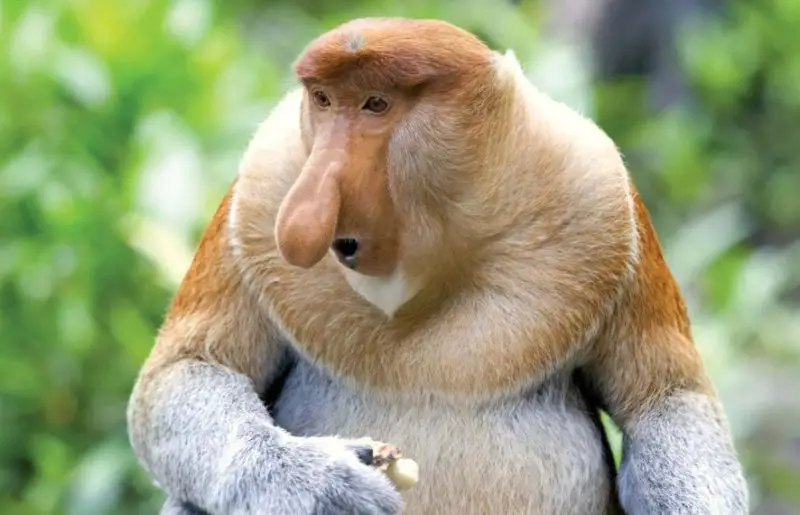
Proboscis monkeys are famous for their distinctive long noses, which can grow up to seven inches in males. Scientists believe their large noses help amplify their calls, making them sound more attractive to potential mates. These unusual monkeys are endemic to the island of Borneo, where they primarily inhabit mangrove forests and riverbanks.
Unlike many monkeys, proboscis monkeys are excellent swimmers, using their partially webbed feet to move through the water. They are also known for their potbellied appearance, caused by their complex, multi-chambered stomachs that help them digest tough, fibrous leaves. Due to habitat loss and hunting, proboscis monkeys are considered an endangered species.

